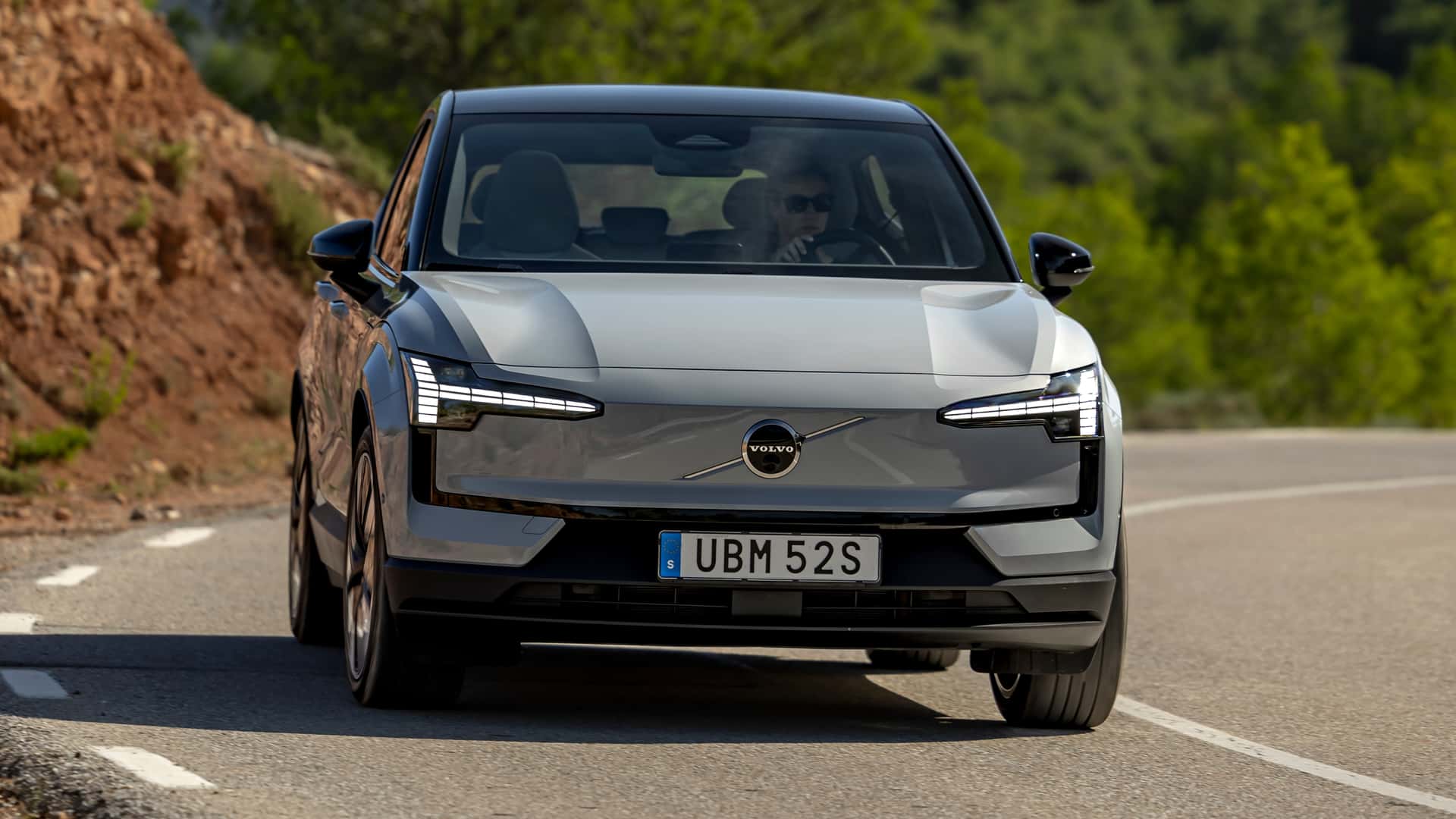Data from thousands of EVs shows the average daily driving distance is a small percentage of the EPA range of most EVs.
For years, range anxiety has been a major barrier to wider EV adoption in the U.S. It’s a common fear: imagine being in the middle of nowhere, with 5% juice remaining in your battery, and nowhere to charge. A nightmare nobody ever wants to experience, right? But a new study proves that in the real world, that’s a highly improbable scenario.
After analyzing information from 18,000 EVs across all 50 U.S. states, battery health and data start-up Recurrent found something we sort of knew but took for granted. The average distance Americans cover daily constitutes only a small percentage of what EVs are capable of covering thanks to modern-day battery and powertrain systems.
The study revealed that depending on the state, the average daily driving distance for EVs was between 20 and 45 miles, consuming only 8 to 16% of a battery’s EPA-rated range. Most EVs on sale today in the U.S. offer around 250 miles of range, and many models are capable of covering over 300 miles.



Another EV fanboy complaining about corrupt taxes and policies who likely benefits from $7500 direct handouts as well as pays $0 in gas tax aka how most states pay for Road Infrastructure.
Politics is shit. Let’s not go there. There’s black marks everywhere.
Btw. I support EV subsidies. But I admit that they are in fact, one of those subsidies you are complaining about. I feel like the subsidy regime favors EVs and therefore we EV fans should celebrate it… not bite the hand that feeds us.
We aren’t going to reach widespread adoption of electrified transit unless we have large scale subsidies like this.
What? This conjecture is nonsense